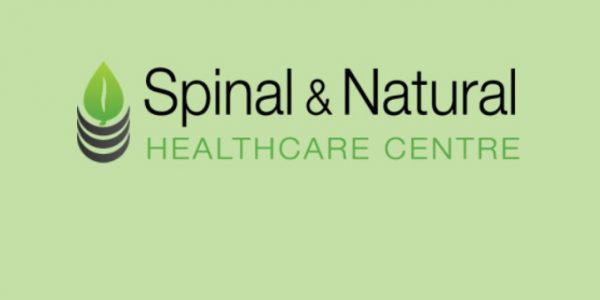Each and every day you are exposed to about 75,000 artificial chemicals. You breathe them in, absorb them through your skin and swallow them with your food and drink. Even whilst you sleep, they float out of your furnishings and into the air you breathe.

These compounds are found in pretty much every item in your home, car and workplace from cleaning agents, fabrics, baby bottles, toys and toothbrushes to shampoos, perfumes, cosmetics, air fresheners, food packaging, laptops and workstations.
So if these synthetic chemicals are pretty much inescapable they must be harmless, right? Wrong, deadly wrong.
Until recently, there had been no evidence to show that the accumulated dosage of the artificial chemicals in our environment had any negative affect on us. Manufacturers pointed to tests which indicated the safe dosage for each unique chemical when it was tested on its own. But new studies are showing that when you add the safe dosage for chemical A to the safe dosage to chemical B, the toxicity of A is added to the toxicity of B potentially creating a very damaging impact on health (such as defects in unborn babies, miscarriage, a reduced immune system and links with infertility and some cancers). Yes, I know what you’re thinking: “it seems like common sense that 2 + 2 = 4” but scientific knowledge sometimes lags a long way behind reality.
Women, babies and children are particularly sensitive to the harmful effects of chemicals in our environment but men’s sperm count is also very vulnerable. When you receive a prescription from a GP or get one filled at a pharmacist, you will be asked if you are taking any other medication so that harmful interactions between the drugs can be avoided. But it is impossible to measure and assess the potential interaction of all the thousands of different man made chemicals that you are exposed to each and every day. Researchers in Europe and the US are working on ways to test the links between this chemical cocktail and disease but they are still at the early stages and regulation is a very long way off. The Women’s Institute have been strongly campaigning for better consumer information and product labelling and increased testing and regulation. They produced a superb report which can be downloaded from the campaigns their website.
The environmental group the WWF have been conducting their own tests that show our bodies are akin to toxic waste dumps with hundreds of synthetic chemicals present in our blood. WWF are also campaigning for urgent regulation and improved testing of existing and new chemicals. You can get more information on their campaign at www.wwf.org.uk/chemicals. They have a fun questionnaire to see how much your own exposure is I was shocked when I scored medium or high risk in seven out of the eight categories. So what can we all do to limit our exposure to the array of artificial chemicals? Well, the Women’s Institute recommend shopping from companies that do not use hazardous chemicals. It takes a bit of time and effort but a search for manufacturers and online shops on the internet will yield you a list of alternative suppliers that have strict codes on ingredients and components they use in their products. The WI is particularly concerned about the toxins in children’s toys and as a start it recommends that parents avoid buying toys that are made of PVC (indicated by a triangle with a 3 in it).
Modern cleaning products are an expensive way to bring poisons into your home. I won’t repeat them here but there are superb books and websites that will give you very simple and incredibly cheap recipes for cleaning and freshening solutions that are just as effective and easy to use the commercial brands. It’s really amazing what you can do with lemon, vinegar, olive oil and baking soda.
Many of the chemicals that seep out of our furniture, carpets and fabrics settle in household dust or simply hang in the air waiting for us to take a deep breath. A quick way to dispel this invisible smog in our homes, is to pull the curtains back and throw open some windows.
Granny was right – air those rooms, particularly after you’ve brought in new furniture or electrical equipment and especially after decorating.
